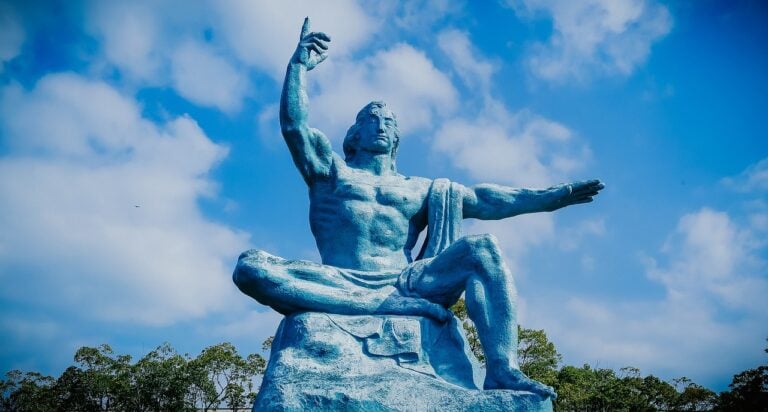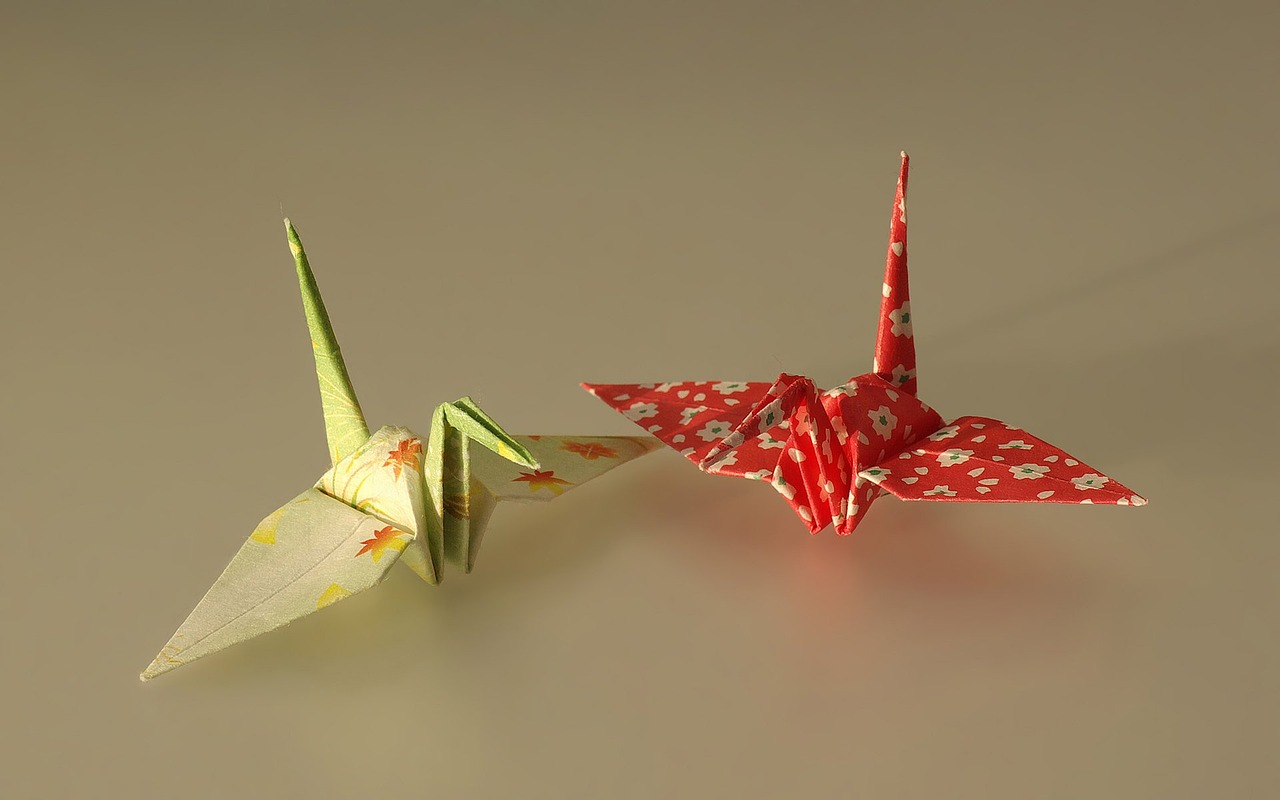
In the past few years, I’ve tried to cut down on my news consumption. I only check it every few days or sometimes even once a week, because I realized how the seemingly endless onslaught of despair and violence in the world was affecting my mental health. I have never been more convinced that the world could take a page out of Nagasaki’s book.
Nagasaki City is probably most famous around the world for its history in World War II. I grew up hearing about the violence that befell it in the summer of 1945, its name often uttered in the same breath as Hiroshima. According to the Manhattan Engineer District’s best available figures, 64,000 Nagasaki residents (and another estimated 135,000 in Hiroshima City) perished in what is one of the most horrific moments of man-made history. It is yet still more jarring to think that some people who survived the bombings are still alive, many with their own families with whom you may very well interact if you visit either city.
But Nagasaki is so much more than devastation and a tragic history. In spite of this grim event, Nagasaki and its residents do not harbor resentment or vengeful thoughts for those involved in the bombings. The way that peace as a concept is taught in school, peace events are conducted, and various peace-related locales are presented all serve as an example of what forgiveness, resilience, understanding, and magnanimity really means for the rest of the world.

Peace in school
Nagasaki tries to instill the concept of peace as early as possible, often beginning in the classroom.
Paper cranes for peace
Children in 1st grade of elementary school often participate in annual paper crane-folding events with their classmates. The paper crane has long been a symbol of peace, initially due to a young girl named Sadako Sasaki. At two years old, she was exposed to the atomic bomb, however showed no signs of injuries. At 9 years old, she developed leukemia and, believing that it would help her recover, endeavored to fold as many paper cranes as she could. She passed away after an eight-month struggle with the disease, so now people are invited to fold paper cranes in her honor.
Field trips
Schools all across the city of Nagasaki arrange frequent field trips to historically significant sites from the atomic bombings. Places like ground zero, the Atomic Bomb Museum, and Peace Park all serve as a place for students to gather and reflect on the history of their own ancestors, or those of their friends, as well as anyone else who was affected by the tragedy.
Guest speakers
It is also common practice for schools to invite direct survivors as guest speakers. Of course, as time goes on there are less and less such people, so nowadays it’s more common for their children or even grandchildren to speak on their behalf. These presentations usually occur in the summer, close to the anniversary of the atomic bombing. All of the students congregate in the school gymnasium and listen to that individual’s experience. It’s common for the students to be tasked with taking notes throughout, including their initial impressions and things that they learned. At the end of their presentation, students can ask questions, and then around two designated students will present the speaker with a small gift on behalf of the school. This format allows the students to feel personally connected with the event.
Beyond these special school wide events, the time leading up to August 9 is often filled with lessons and group projects aimed at deepening students’ understanding of and personal opinions on peace. For example, preparing presentations about the events that transpired that day in 1945 and discussion questions for a school-wide think tank on achieving peace in spite of it. In this way, children are encouraged to develop a strong sense of __ through a balanced array of experiences and individuals.
Peace events
Opportunities to engage with the concept of peace are not limited to people’s time in school, of course. There are plenty of events held in the city that memorialize the lives lost and their legacy.
Peace Memorial Ceremony
Arguably one of Nagasaki’s most organized and elaborate events is the Peace Memorial Ceremony. It is held on August 9th every year, and attended by everyone from family members of the victims, to diplomats from many countries around the world, to the Prime Minister of Japan himself. The ceremony includes a speech given by the mayor of Nagasaki called the “Peace Declaration”, which is broadcast live on public television by the Nagasaki Broadcasting Corporation. It is an opportunity for various countries to come together in solidarity both for past victims and peaceful coexistence and global harmony.
Monthly moment of silence
One of Nagasaki’s unique forms of remembrance is playing the song “A Thousand Paper Cranes” throughout the city. On the 9th of every month at 11:02 a.m., the exact time the bomb was dropped in 1945, a melancholic but strangely hopeful tune fills the streets of the city for one minute. If you find yourself in this situation, try to remain silent while it plays. Of course, you can continue walking, reading, or whatever activity you were in the middle of doing. That said, at school, teachers will cease instruction and even the rowdiest of students will observe this moment of introspection with surprising diligence.
The ubiquity of peace in Nagasaki
You can imagine the kind of mindset you grow up with when so much of your most formative years are dedicated to learning about peace and what history teaches us can happen without it.
Now, imagine that you also see the word all around your city. On your morning commute alone, you pass the Atomic Bomb Museum Station, Peace Park Station, and Peace Stadium. Almost everywhere you look, there is a reminder of Nagasaki’s hope for the future, and commitment to preventing the same tragedy from ever happening again. For a child growing up in this environment, the benefits from a moral education standpoint are plentiful.
In essence, Nagasaki exemplifies the triumph of peace over tragedy. Its dedication to peace education and collective remembrance serves as a powerful model for a world in need of unity and understanding. From paper crane-folding events to solemn ceremonies, Nagasaki’s commitment to peace is deeply rooted and offers inspiration for a brighter future.











